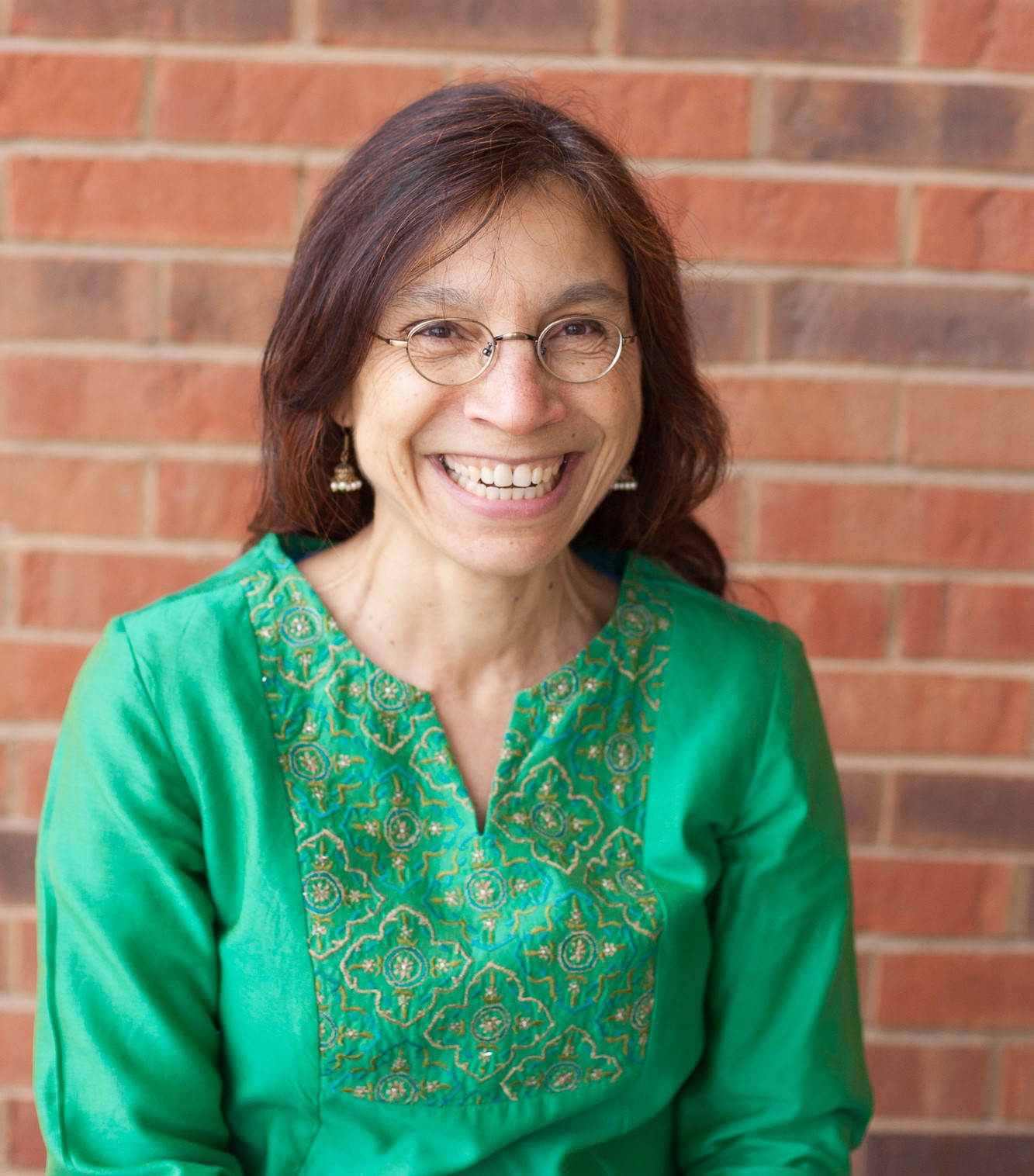Center provides therapeutic approach to victims of war
By: DALILA KAHVEDZIC
Editor-In-Chief
The red brick building with blue awnings has just three windows which allow those inside a way to look out. But, the bars that cover them cannot confine the individuals who aim to break through their past.
The stigma of counseling and providing therapy tends to be a barrier for people to seek help, Executive Director of the Center for Survivors of Torture and War Trauma, Kristin Bulin said.
“We want to just be a safe haven; be a safe place, a very respecting place and first just allow them to come and get comfortable,” Bulin said.
The Center for Survivors of Torture and War Trauma is designed to help individuals who struggle to let go of their war-struck pasts.
Founded in the ‘90s by Jean Abbot, a licensed clinical worker and sister of St. Joseph of Carondelet, the center was previously a house of sanctuary for many. Individuals would live here until they could get jobs, Bulin said.
“In the nineties, Jean Abbot learned a lot about those who were in conflict – be at war, be at governmental overtake, militia, drug lords – any kind of rule of law within those areas. People tended to struggle to move forward because of a lot of the symptoms and pain that they endured to rebuild their lives, and at that time there was nothing in St. Louis to help them with that kind of pain,” Bulin said.
Abbot started to go up to The Kovler Center in Chicago, a center specific to torture survivors which works with a lot of refugees and asylum seekers who had been tortured in their home country.
Abbot would learn, come back and teach volunteer therapists who would then provide therapies with people who were here, Bulin said.
“In the late ‘90s she said if we want to continue we’ve got to be able to get funding, and to get funding to become a non-for-profit. So they applied in 2001 and became a non for profit,” Bulin said.
The ultimate goal for the center, Bulin said, is to be able to provide healing.
“For us to be able to facilitate the healing of their pain and build hope for them to where the hope becomes action for them doing – not isolating, staying on the job, socializing, connecting with their family,” Bulin said. “Many of them are very catatonic, they’re like ghosts walking. Often I hear people saying that they just don’t feel anymore, so they’re very stuck and feel that there’s no reason for life.”
Work at the center is done with suicidal individuals as well, Bulin said.
“But the idea of building in hope with the facilitating of the healing allows them to do; to become a warm, feeling human being again,” Bulin said.
Therapy is meant to give these victims a better understanding of what is happening with their body and their mind, Bulin said.
“How does the brain react to trauma so severe that you’re not going crazy? This is the automatic part of how the system works inside you,” Bulin said.
It is a great step once the appreciation is found for what the mind and the body does, Bulin said. Then they can start working and doing some great healing.
The Center for Survivors of Torture and War Trauma works with a wide range of individuals – from kids to adults. Usually from around the age of five, all the way up to 70 and above. A lot of the individuals are middle ages, roughly around 40 to 60 and that is evenly split between men and women, Bulin said. The center is seeing close to 150 individuals a year.
Most of the time, family members come in individually.
The application process starts with a screening, Bulin said.
“People would call here, we have an agency that we work very close with – Places for People – who work with a program there called the ‘Faith Team’ and they actually go out and do screenings for us to not only determine if therapy is a good place for them, but also what other services they need,” Bulin said.
Sometimes individuals do not have medical assistance and are provided connections with a psychiatrist. Maybe they need legal services, help finding a job, or assistance in paying for food; all these needs are recognized during a screening. Individuals get an understanding of what services are provided and an action plan, Bulin said.
“One scenario is that many of the Bosnians came in 1992 and 1993, and then they came again in 1998. What happened with that community is that they got here and immediately jumped into learning the language and getting the jobs,” Bulin said. “Their minds were taking care of the families, getting the jobs and a lot of them have been through pretty hellacious situations; not only fleeing from war but were also in concentration camps.”
You had people who were taken, placed in camps, brutally tortured and just hit the ground running here. They suppressed it very deep and got jobs, Bulin said.
There was an economical downturn in St. Louis in 2007 and 2008 where a lot of these individuals were laid off their jobs which caused them to be stuck at home, Bulin said. They had all this time to ponder about the issues and problems with the current situation but also to think about the compounding stuff that was bubbling up from the past.
“We had a group of Bosnians who were with the Association of Concentration Camp Survivors of Bosnia & Herzegovina that is here in St. Louis and the President of the North-American region lives here, so we connected with them because unfortunately during that time, many were suicidal, five to six of them succeeded in suicide and they were very scared, very concerned about their members,” Bulin said. “They needed help.”
A lot of men’s and women’s groups were formed, Bulin said.
“We worked back to back with them and they were incredibly heroic. After they shared and connected with one another, participated, we had men sleeping more, we had them talking about what they were doing more socially, getting out of the house, feeling more hopeful and with that – doing more. That’s the stuff, when we hear that, that makes us feel very fulfilling in our mission and that we continue doing it,” Bulin said. “I am grateful for Jean and her founding of this diamond for people.”
One thing that she believes the center does well, Bullin said, is integrating all different types of approaches to therapy. These approaches include massage therapy, cognitive therapy, talk therapy, movement and different types of body therapies.
“We started having a certified volunteer yoga instructor who is a professor at SLU, Susan Tebb, she has a specialty in trauma-related yoga; working with poses, working with integrating specific poses and breathing that connect with those who have been in trauma from the past – it is really trauma-centered,” Bulin said.
The individuals at the center live tight, Bulin said. Their bodies are tight, their muscles are tight and that becomes the norm. They breathe very short breaths and do not take in the oxygen throughout their body.
To loosen them up, 30 minutes of yoga is done before talk therapy. Talk therapy includes interpreters who were trained in mental health interpretation.
“What that means is really understanding the therapeutic process where the structure is a little different from just a dialogue, questions may be asked differently, repetitively – having a good understanding of what mental health is so the interpreter can continue and be that medium but also try to be outside of it so it is a natural process of communication,” Bulin said.
One pose that individuals do is a pose to help them sleep, Bulin said.
“Sleeping is huge – people only sleep 2 to 3 hours tops maybe,” Bulin said. “And night terrors; they would have nightmares which affects their concentration and their memory, so if we could minimize that, that really puts them in a position to do much better and build hope for them.”
Anything that gets clients to rest their body and mind can trickle down to helping their memory and their concentration, Bulin said.
Once these individuals – or anyone – gets enough sleep, they are present, they are alive, they are cognizant and they are focused, Bulin said.
A certain individual at the center participates in both individual talk therapy and massage therapy, Bulin said, and she says she never felt better.
“She has color in her face, her face is more relaxed, she smiles, she talks 90 to nothing about good things – positive things,” Bulin said. “The physical pain connects so much with the mental pain and when those are alleviated together, it is amazing what people can do.”
In order to get to this point, the women had to let go of their old world and begin a new world in America, portrayed by three actresses in the play ‘New World’ (see story on pg. 12).
Bulin wanted the performance at Meramec to express and tell the stories of what these people really and truly have gone through, in order to make the community of St. Louis better understand who these people are.
“I have a hard time asking a lot of clients that we see to share their story because it is so difficult and challenging for them, so what better way to do it than utilizing the stage and really having a wonderful playwright who is strong and sharp and a good researcher, to go into the communities and learn more about the stories?”
Bulin loved the play. Her favorite aspect was when the audience was fooled into thinking the actresses were Bosnian, Congolese and Afghan women when they were in fact American.
“That’s good acting,” Bulin said. “We were really happy and appreciated to be able to come on the St. Louis Community College campus at Meramec, I think it was a very good success.”
The interest and curiosity the audience had during the question and answer session help the welcoming of these people here, Bulin said, especially from younger individuals.
“Many of the children who were brought up here, who are second generation now, are the ones that – if we can build a warmer, welcoming community that supports and educates and is inclusive – will make a lot of better decisions to be productive citizens and become more of the way their parents want them to be; healthy, good people,” Bulin said. “Come home, read your mail, be with your family, have dinner and do what the dream should be.”
Bulin reflected on her first few years at the center.
“I remember when I first started working with survivors and they were sharing their stories. I couldn’t believe the stories and that they were actually sitting across from me,” Bulin said. “The idea of them coming from a beautiful country, into hell, and then getting themselves and their family to a place where they are just sitting in the chair in front of me – I have to say, if we can bring up a lot of their spirit that’s deep inside – that is what it’s all about; then the hope comes.”











